
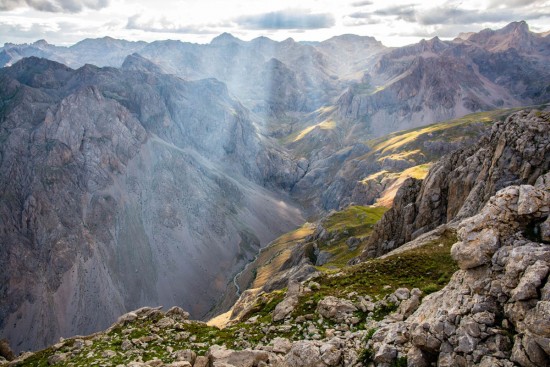
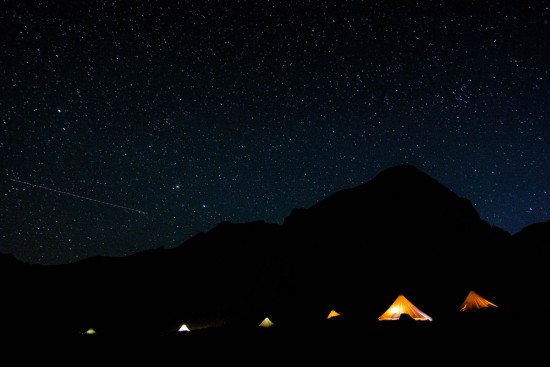
Documenting life in Turkey’s Munzur Valley by Michael Benanav
If you travel enough, every so often you get lucky and wind up stumbling into some place that’s relatively unknown, completely unexpected, and entirely magical. For me, the Munzur Valley, in eastern Turkey, is one of these places. Since it is not written about in any of the major English-language guidebooks to the country, I was not drawn there by anything I had heard about it – which was nothing. Rather, my curiosity about the area was sparked by the way it looked on an aeronautical chart, which depicted a remote basin dotted with tiny villages, surrounded by towering, jagged peaks. (I often use topographical maps to find interesting places that are off-the-beaten-path when I travel). I went, and my mind was blown, both by the awe-inspiring scenery and by the open-hearted generosity of the people, many of whom were shepherds, all of whom were Kurdish.
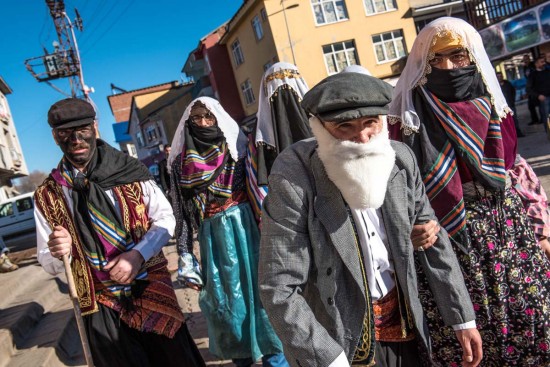
At that time, I only had a few days to explore the area, during which I was just able to scratch the surface of the place. I later learned that the Munzur Valley is one of the most biodiverse regions in all of Turkey’s, and that one of the country’s largest national parks was created there in 1971. I also learned that it is the heartland of a mystical religion, called Alevism, which has strong shamanistic and Zoroastrian roots, a complicated relationship to Islam, and an intimate and sacred connection to the natural world. The valley’s geographic isolation has helped preserve a rich array of local folk superstitions, rituals, and philosophies about life and death. Music and dance are essential features of their ceremonies, and tolerance for people of all races and religions is preached and practiced.
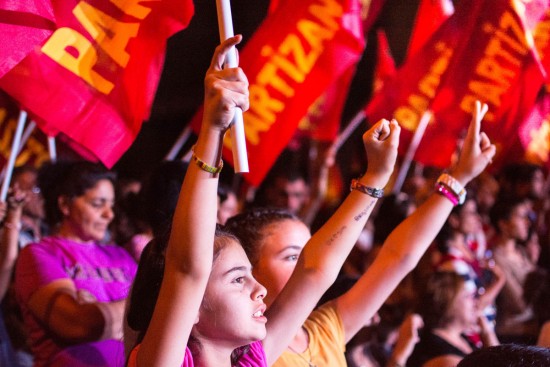
Today, however, Munzur’s unique traditions, holy places, and rare ecosystems face numerous threats, including plans to build a series of dams on the river, which will submerge villages, pilgrimage sites, and wildlife habitats. And currently, the area is caught up in the recently renewed conflict between the Turkish military and the PKK (an armed militant group fighting for more autonomy for Kurds in Turkey).
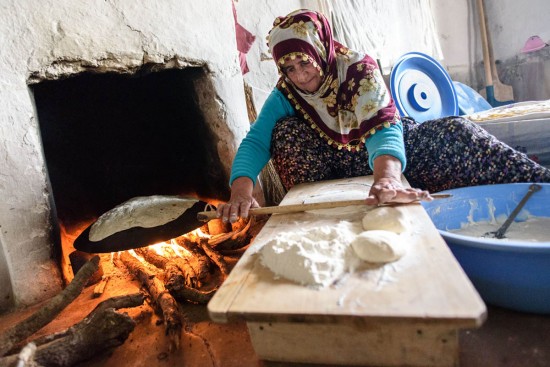
In 2014 and early 2015, I returned to the Munzur Valley to document the unique way of life there. I was writing and shooting a story for The New York Times, as well as creating a long-form web-based multimedia project about the valley for the educational non-profit, Traditional Cultures Project. I’m happy to share some of the images of Munzur here, but would encourage you to visit the multimedia piece online at www.munzurvalley.com to see more photos and learn much more about the place.
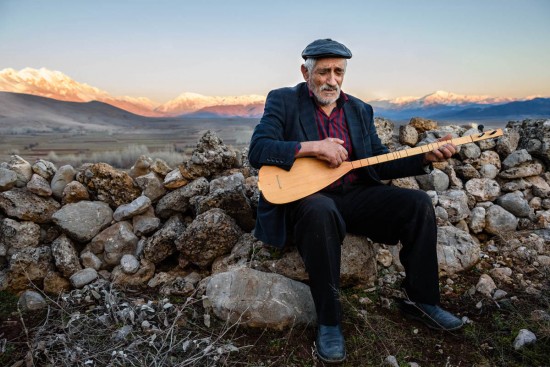
As a writer and photographer, I often tackle stories in remote parts of the world, and this influences my choice of gear. Since for some projects I have to trek for days or weeks at a time, carrying not just photo equipment but clothing, food, a sleeping bag, etc. I try to balance out the image quality I get from my camera and lenses with how much they weigh. Typically, this has meant shooting DX, using one standard zoom and a set of primes.
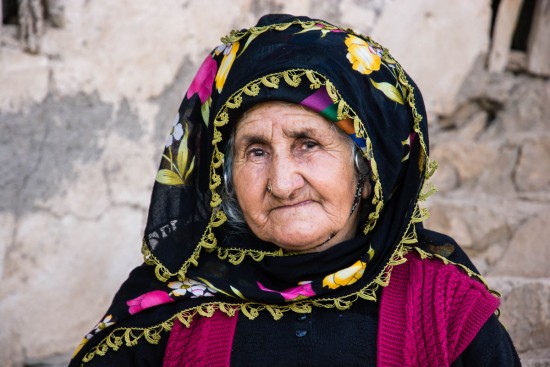
For this particular project, when I was in the Munzur Valley in summertime, I carried two D7100s, Nikon’s 16-85mm and 12-24mm zoom lenses, along with a 35mm f1.8, 50mm f1.8, 85mm f1.8, and 180mm f2.8. I also carried a MeFoto tripod, which strikes a good balance between portability and stability, and an SB-700.
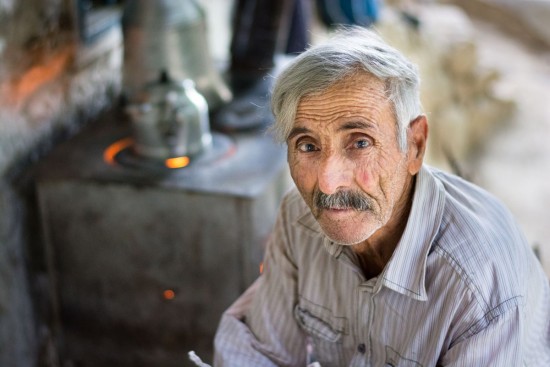
Before returning to Munzur in the winter, I knew I was going to be shooting indoors, in very poor light, a lot. This, along with Nikon’s introduction of the D750 – which seemed to me to strike a fair balance between size/weight and features – inspired me to purchase a full-frame body for the first time – along with Nikon’s 24-70 f2.8, 70-200 f4, and 20mm f1.8 lenses, which I brought along with my 35, 50, and 85mm primes, plus one D7100 body as a backup. Obviously, the biggest increase in weight came from the zoom lenses, but I felt it was what I needed for this once-in-a-lifetime endeavor. In general, I’m a big believer in getting the shots you need with the gear you have, rather than always needing either the most expensive equipment or a lens for every possible situation. Sometimes, there’s a big advantage to carrying less stuff – and I think every photographer needs to figure out for him or herself what gear combination works best for his or her own style.

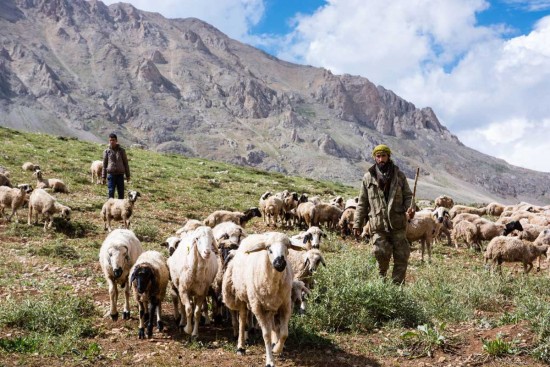
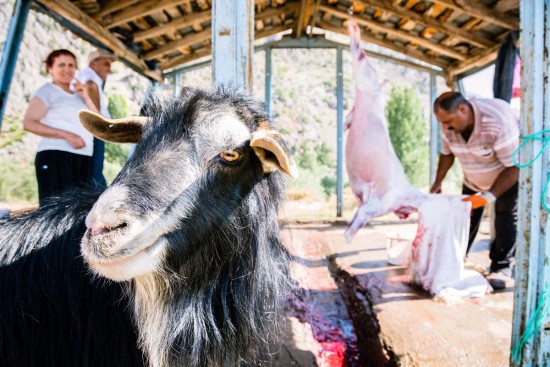
In many ways, while the right gear is important, I find it to be secondary to the work I do. If you’re shooting people, it doesn’t matter how good your lens or camera is if you can’t form some kind of relationship, however fleeting, with your subjects. For me, the idea is to allow people to communicate through the camera if I’m taking a portrait; in other situations, it’s more about relating to people in a way that makes them comfortable with my presence, so I can shoot while they are working or talking or whatever, and they can feel at ease, able to be themselves.
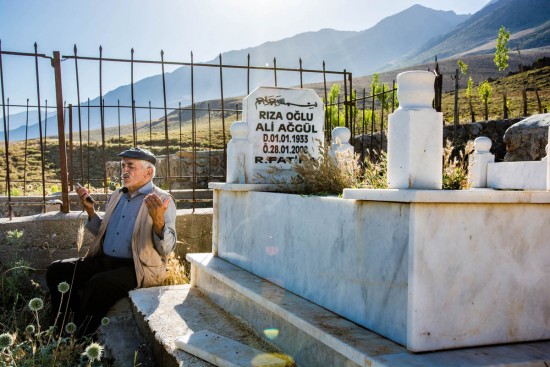
In Turkey’s Munzur Valley, I can’t take much credit for any success that I had when photographing people – most of that goes to the people themselves, who tend to be incredibly kind and welcoming, happy to open their world to a visitor.
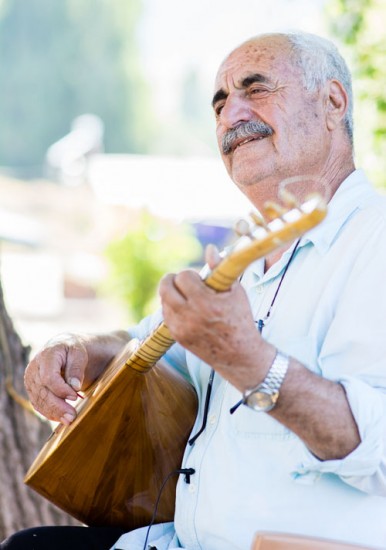
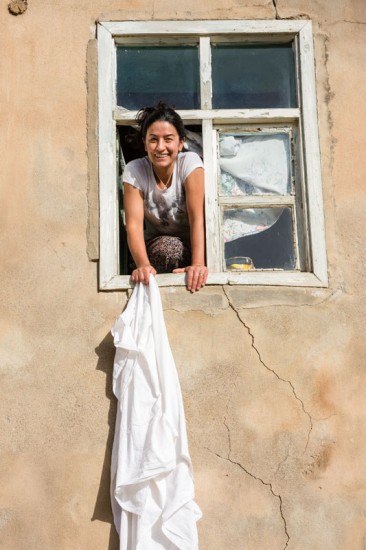
If you have an interesting idea for a guest post, you can contact me here.







